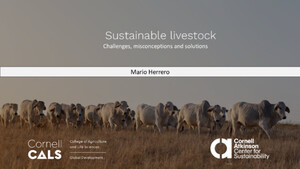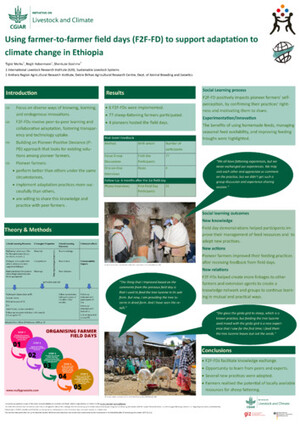
Rift Valley fever and the changing environment: A case study in East Africa
Abstract
Rift Valley fever is a severe disease affecting both humans and animals. The Rift Valley fever virus can be transmitted by body fluids, and the most common way for humans to get infected is from animals. The virus is also vector-borne and can be transmitted by many species of mosquitoes. As with other vector-borne diseases, the epidemiology may vary in response to environmental changes. Here the effects of climate and land use changes on Rift Valley fever, as well as on other vector-borne diseases, are discussed. The effect of irrigation in East Africa on inter-epidemic transmission of RVF is discussed in greater detail, followed by recommendations for future research and actions.
Citation
Lindahl, J., Bett, B., Robinson, T. and Grace, D. 2016. Rift Valley fever and the changing environment: A case study in East Africa. In: Bouzid, M. 2016. Examining the role of environmental change on emerging infectious diseases and pandemics. Hershey, PA: IGI Global: 178–204.










